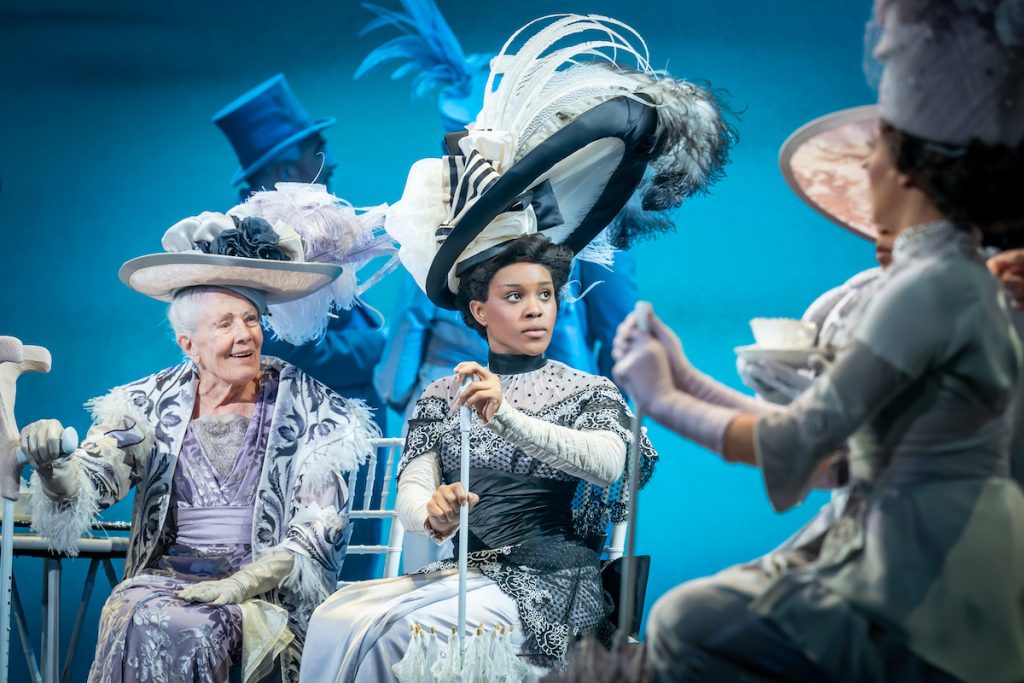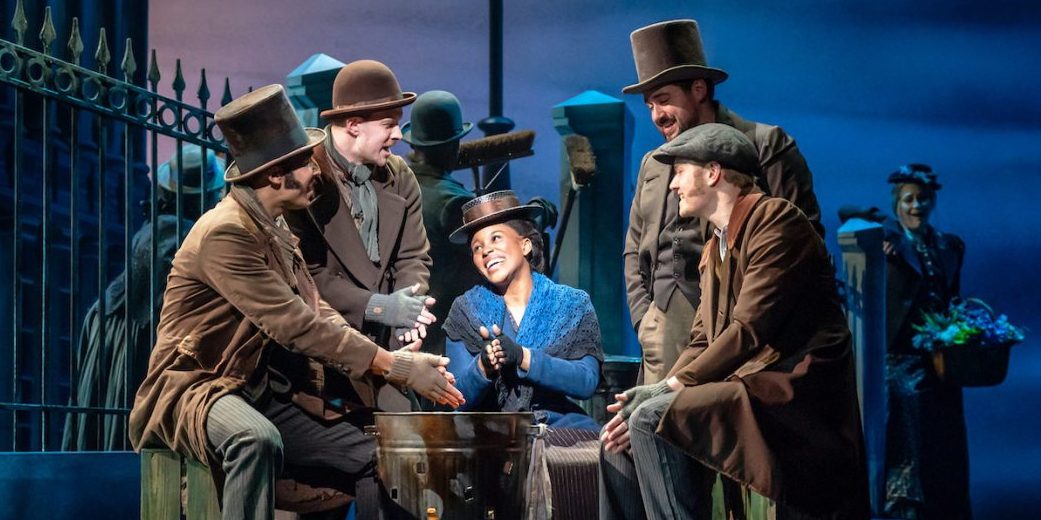“My Fair Lady” whose Lady is she?
The Lincoln Center Theatre lavish new production of Alan Lerner and Frederick Loewe’s My Fair Lady is now staged at the English Coliseum, a stone’s throw from Covent Gardens. In this very location, the opening drama of this delightful musical takes place. A directorial twist offers new food for thought.
The original 1956 production of the musical play in two acts, based on Bernard Shaw’s Pygmalion, with Julie Andrews and Rex Harrison, won six Tony Awards including Best Musical, and was hailed by Brooks Atkinson of The New York Times as “one of the best musicals of the century.” This 2018 production is directed by Tony award-winner Bartlett Sher. Sher tweaked the original production and brought it in line with the 21st century with minor changes to the text. This is a touch of brilliance by the director.
In this well-known story, Eliza Doolittle, a young Cockney flower seller, and Henry Higgins, a linguistics professor, are the central characters. To win a bet with his colleague Professor Pickering, Higgins is determined to pass off this ‘deliciously low’ creature with her ‘kerbstone English’ as a ‘Queen of Sheba’ within six months.

The cast, led by Amara Okereke, Harry Hadden-Paton, and Stephen Amos, adds a new dimension to Bartlett Sher’s splendid direction. Okereke, superbly and unsentimentally, depicts Eliza’s gradual elevation from a dirty and coarse flower girl to a fair lady that can be mistaken for a royal princess. She is a robust and determined young female, who quickly appreciates the social skills needed to give her social mobility. Despite her social limitation, she seizes a chance meeting, outside the Opera House in Covent Garden, where the poor and the wealthy, fleetingly share the same space. Okereke beautifully harmonises the fine balance between inner gentleness, kindness, and shrewdness, with her determination to achieve and improve herself. She withstands verbal abuse from Professor Higgins, believing that she will get far. Her song ‘Just You Wait’ reveals her early feelings for revenge for all the insults inflicted on her.
Hadden-Paton’s Professor Higgins is realistically performed. Hadden-Paton’s Eton background keeps him in good stead with Higgins. He verbally slaps Eliza with insults coloured by social arrogance. His self-confidence and intellectual arrogance are amusing yet agonizingly convincing portrait of the character. His harsh and humiliating comments are reined in by his paternal colleague Colonel Pickering, finely performed by Malcolm Sinclair. Stephen Amos, Eliza’s father, provides a balance for the two social classes. His presence in Higgins’s study highlights the undercurrents of social satire and class privilege that are so prominent in this musical drama. Vanessa Redgrave’s maternal presence as Professor Higgins’s mother, adds a touch of humanity to the Upper Class. Her minor part has a transforming effect on those in her presence.

The classic score features ‘Wouldn’t It Be Loverly’ ‘With A Little Bit of Luck’ ‘The Rain in Spain’ and Higgins’ two solo songs ‘I’m An Ordinary Man’ ‘I Have Grown Accustomed to Her Face’ and a few more memorable songs are accompanied by the English National Opera, creative team of musicians, enriching the experience.
Catherine Zuber’s period costumes are elegant, and simple, enhance the characters. The costume, together with Michael Yeargan’s magnificent cinematic set, offer a fairytale-like backdrop to this challenging musical drama.

